Ever thought about how those credit card rewards actually work? You’re definitely not the only one wondering. I’ve been through all those points, miles and cash back deals. Figuring them out is like discovering cash in your sofa – but way more profitable.
Table of Content
- Different types of credit card rewards programs
- How credit card companies fund rewards programs
- Calculating the true value of rewards points
- Strategies for maximizing credit card rewards
- Common pitfalls in rewards credit card usage
- How credit scores affect rewards card eligibility
- Seasonal and rotating bonus categories explained
- Travel rewards versus cash back pros and cons
- Business credit card rewards unique advantages
- How merchant category codes impact rewards
- Combining multiple cards for optimal rewards
- Future trends in credit card rewards programs
Credit card rewards keep getting fancier – free flights, cash back, you name it. But most folks don’t really get how they work. Whether you’re new to rewards cards or trying to up your game, this guide covers all the basics – from earning points to cashing them in smart.
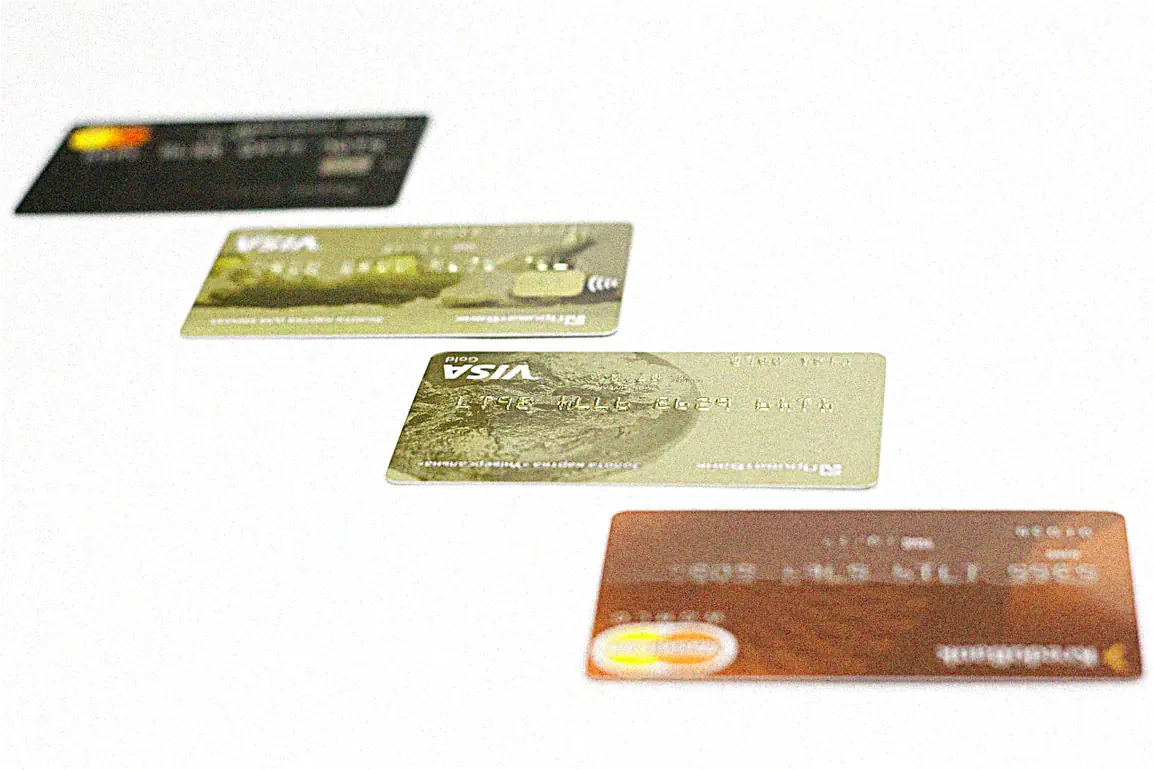
Different types of credit card rewards programs
Not every credit card reward is the same.
There are three main types: cash back, points, and miles. Each works differently. Cash back cards give you 1-5% back, sometimes more in special categories that change.
Points programs like Chase or Amex let you use rewards for travel, gifts, or shopping – way more options. Airline miles aren’t as flexible, but can score you amazing deals on fancy flights. I messed up once – used 50k points for a toaster when I could’ve gotten a beach trip. Lesson learned: always check the details!
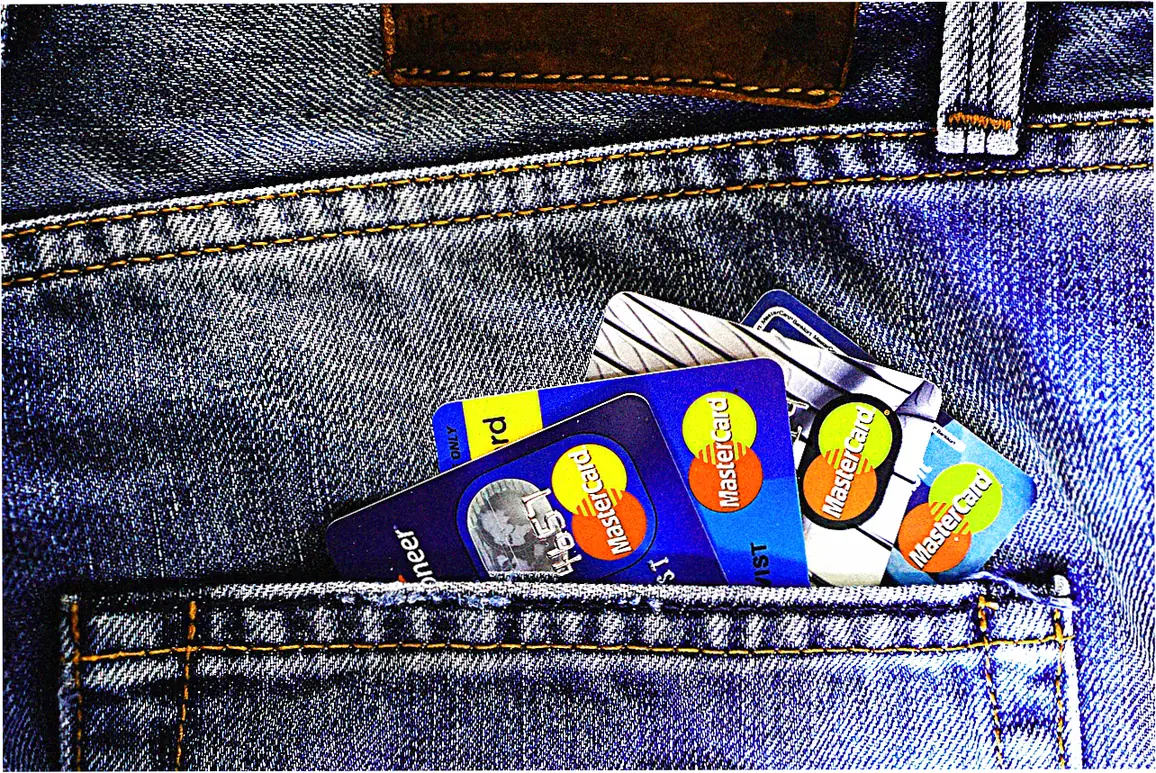
How credit card companies fund rewards programs
Ever think about why banks give out free rewards? How these rewards work is actually pretty interesting.
Banks pay for rewards with fees from stores (1-3% per swipe), interest from people who don’t pay their bills, and yearly card fees. A 2022 Nilson Report revealed that U.
S. merchants paid $126.4 billion in swipe fees, with rewards accounting for about 1-1.5% of each transaction. Funny how it works – folks who pay their bills get rewards paid for by those who don’t. My dad calls this the money circle.
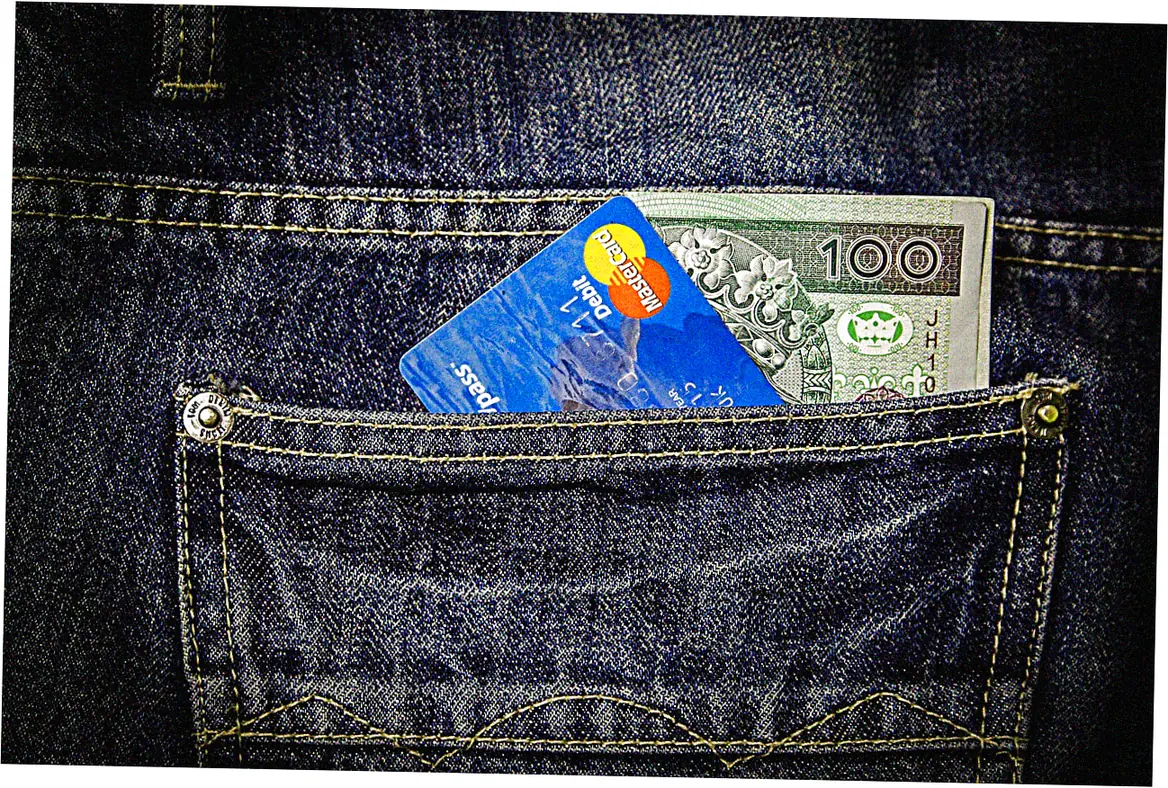
Calculating the true value of rewards points
Points have different values. Knowing this can turn a so-so reward into an awesome deal.
Points are worth 0.5¢ for cash back up to 2¢ for fancy travel rewards rewards, experts say.
I track my options – 50k points could be $500 cash or $1,000 flights to Europe. Just pick rewards that match how you spend and what you want. One traveler said: I switched to airline miles I actually use – suddenly my points were worth twice as much!
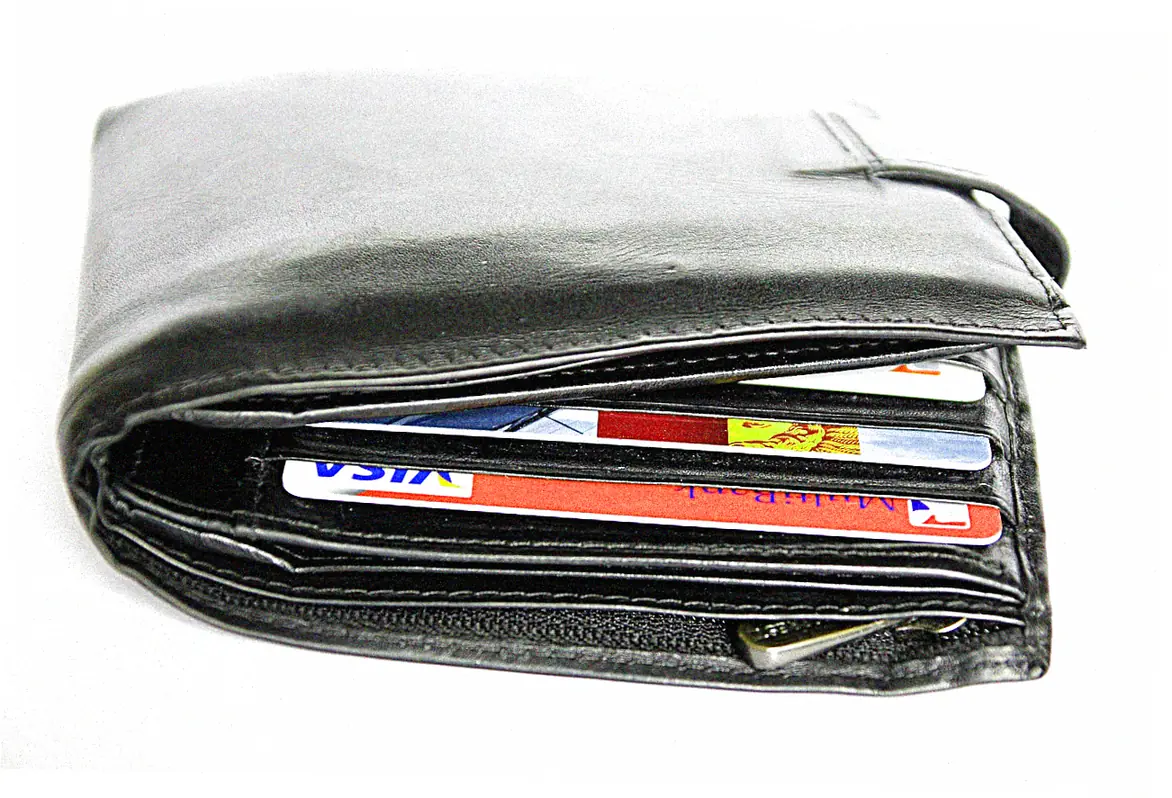
Strategies for maximizing credit card rewards
After lots of mistakes, I’ve figured out how to get the most from rewards.
First rule: Use the best card for each buy. My grocery card only comes out at the store. Second: Grab those sign-up bonuses. I got 100k points by paying bills early.
Third: Use shopping portals with your cards for extra points. Last month I got 10x points on Amazon by buying through an airline portal. Like one rewards pro says: Work your rewards like a side gig – more effort means more free stuff.
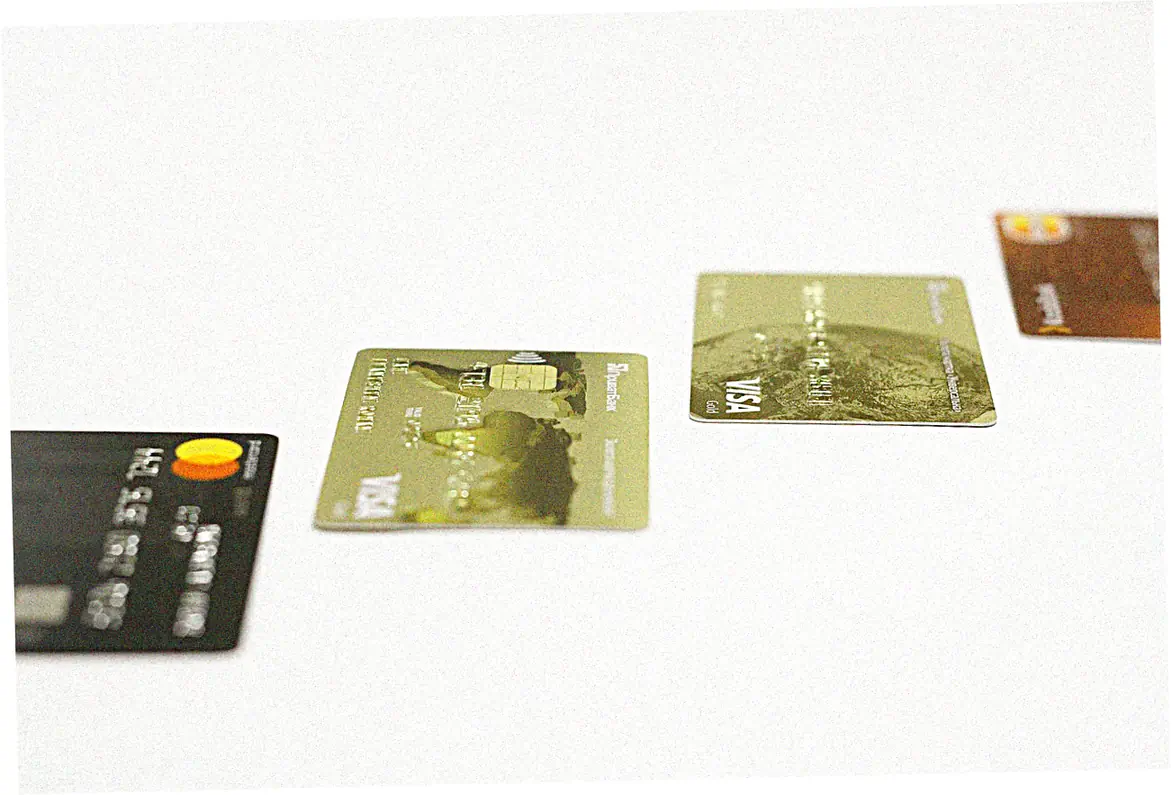
Common pitfalls in rewards credit card usage
Rewards cards are great, but watch out for these money traps.
If you don’t pay your bill, that 2% cash back becomes 20% interest – bad math! Yearly fees are only worth it if you get more back (I ditch cards that cost too much).
Watch out – points can expire or lose value fast. My hotel points dropped 30% overnight. The worst trap? Spending extra just to get points – they call this points drunk. As one money expert puts it: Spending more to get rewards means you’re paying for your own prizes.
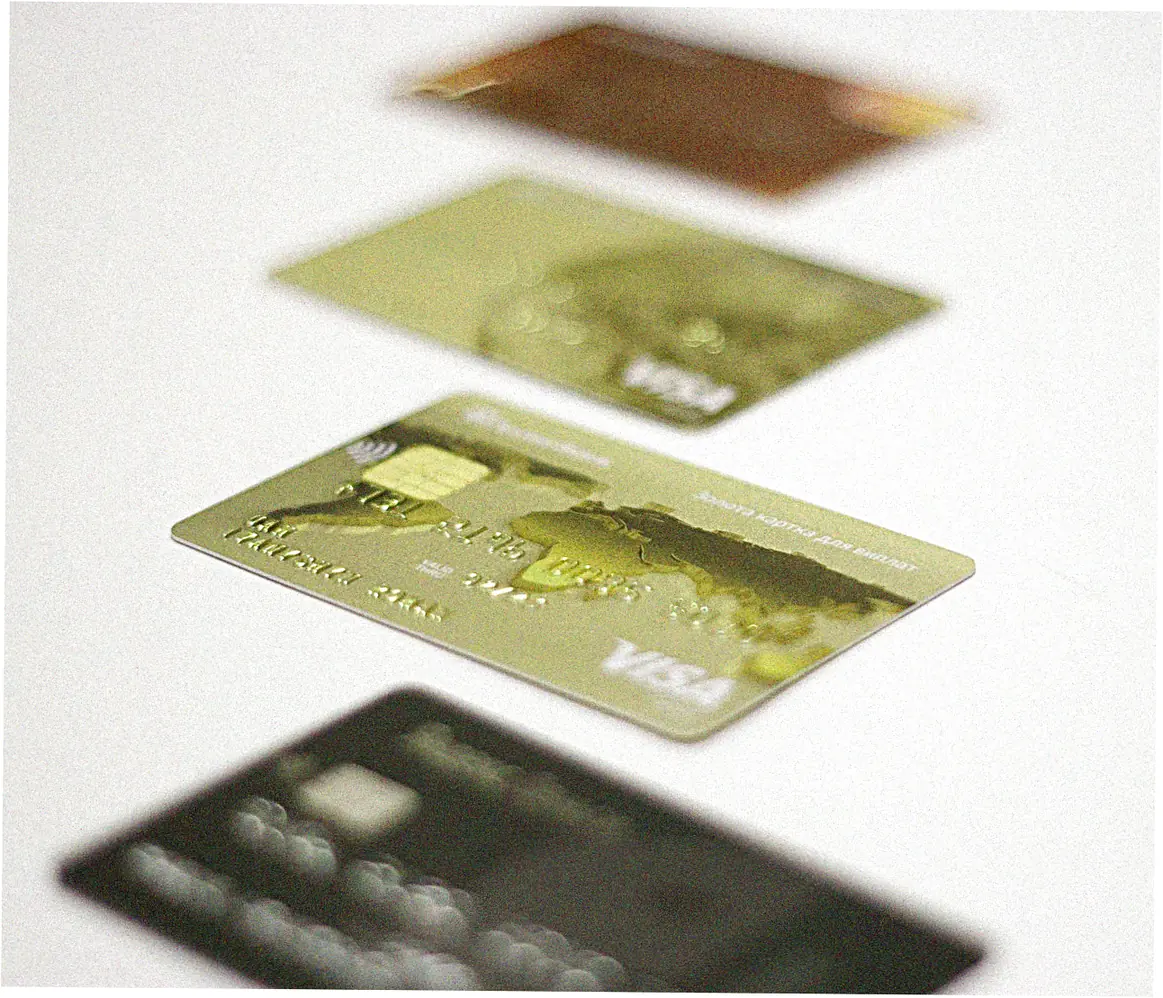
How credit scores affect rewards card eligibility
Good credit (usually 720 ) gets you the best rewards cards. When my credit was new, I got denied for a travel card – not enough history, they said.
You’ll do best with 2-5 accounts you always pay on time. Funny thing – applying for too many cards too fast can hurt, even with great credit. One user said: I had to wait until I had fewer applications to get my Chase card – but 60k points made it worth it.

Seasonal and rotating bonus categories explained
Lots of cards give 5% back in categories that change every few months – gas, Amazon, home stuff, etc.
These deals are great, but you’ve got to stay on top of them. I set reminders to turn on new categories and track which cards work where.
Discover doubles your cash back the first year – my $150 became $300! One expert says: People who use rotating categories earn 42% more – if they don’t spend extra just for points.
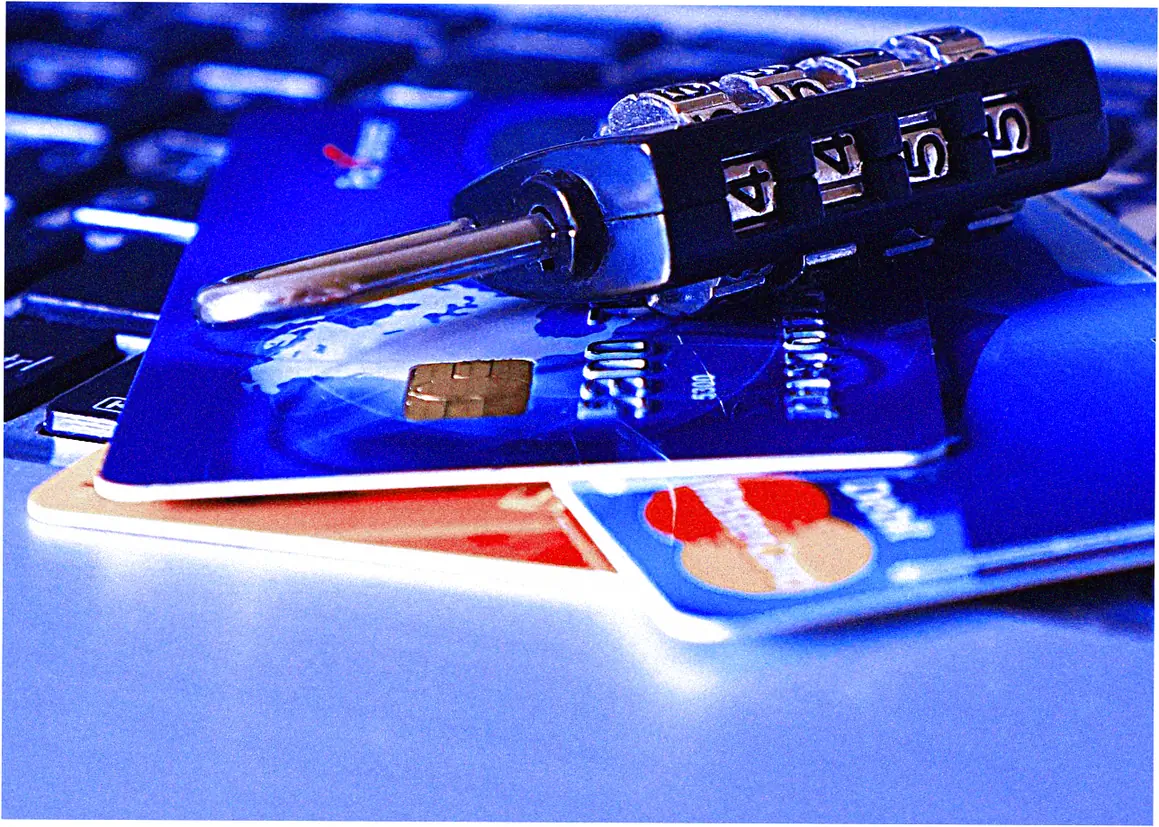
Travel rewards versus cash back pros and cons
Rewards fans always argue: travel points or cash back?
Travel rewards can be worth more, but you need to be flexible. When travel stopped, my miles just sat there (luckily they didn’t expire).
Cash back is simple – my 2% card gives me steady money back. Some cards do both – like Capital One’s card that works for cash or travel. One traveler says: I use both – when flights aren’t worth it, I take the cash.
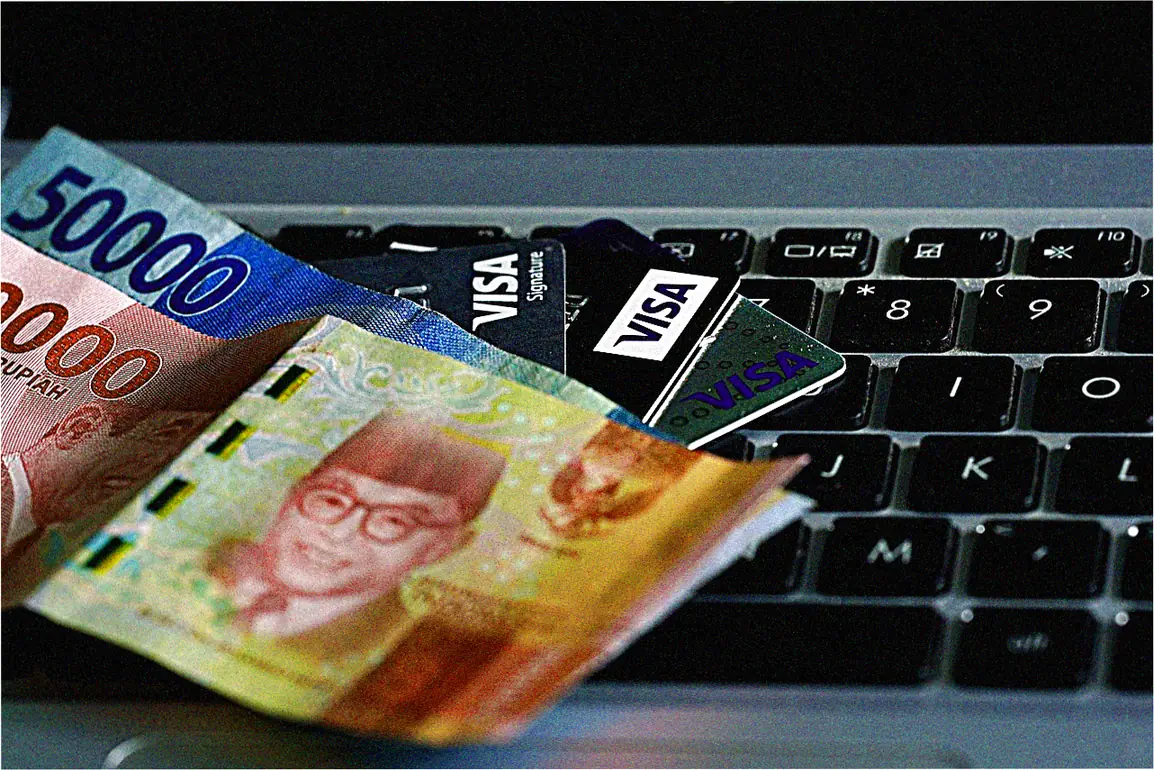
Business credit card rewards unique advantages
Even small businesses can get great rewards with business cards.
As a freelancer, I got a business card and 100k points – enough for two trips abroad. Business cards give extra points on stuff like office supplies that regular cards don’t cover.
They usually don’t show on your personal credit (but you’re still on the hook). One business owner said: My card’s shipping rewards pay for our family vacations.
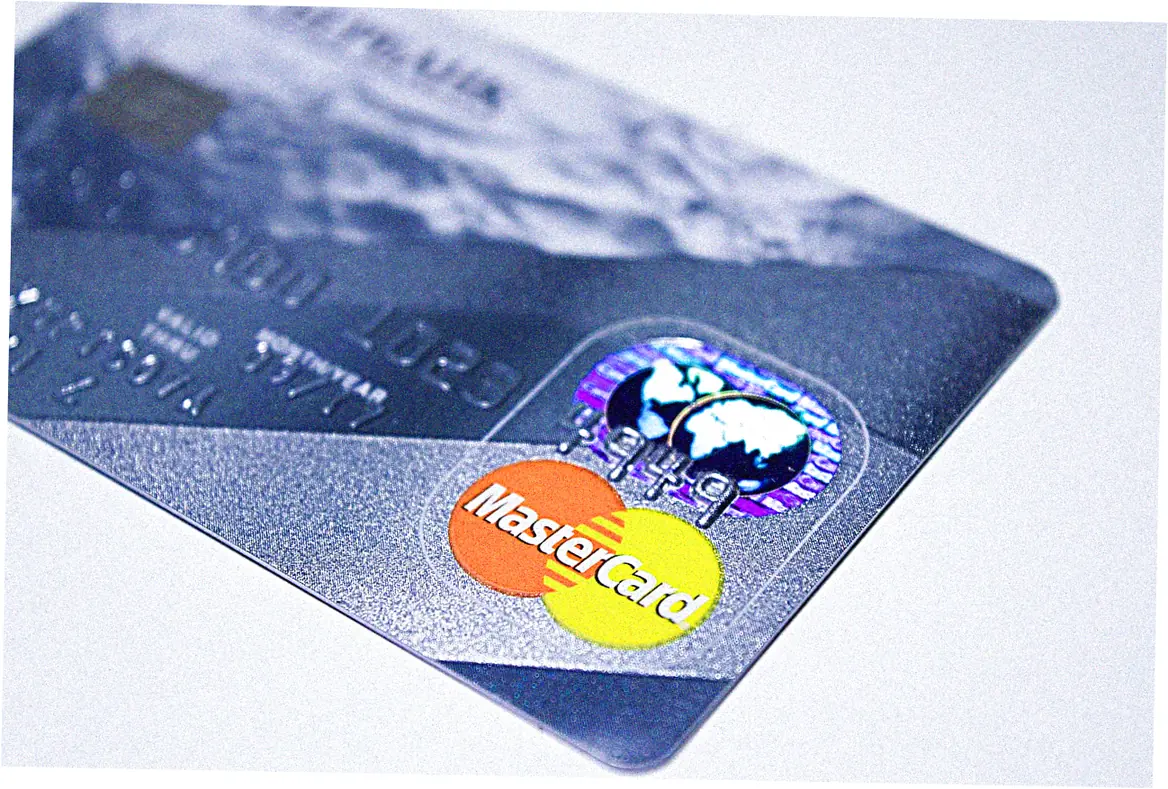
How merchant category codes impact rewards
Secret codes decide if your purchase gets bonus points.
The codes can be weird – one hardware store gets 5% back, another just 1%. I lost $75 in rewards when a restaurant was marked as catering.
Smart shoppers check codes before big buys – call your bank or try small test buys. Some cards tell you the code right when you buy. One user says: Take screenshots – I got $500 back by proving the codes were wrong.

Combining multiple cards for optimal rewards
Using several cards together is where the real rewards magic happens.
I carry three cards: one for regular buys, one for bonus categories, and one for travel perks. This combo gets you 30% more rewards than one card alone, studies show.
Just stay organized – I use an app to remember which card to use when. One expert suggests: Start with one good card, then add more as your credit improves.

Future trends in credit card rewards programs
Credit card rewards keep changing – here’s what’s new.
Some cards now offer crypto rewards, but they’re usually not great deals. Fancy perks like airport lounges help sell expensive cards.
Perhaps most significantly, issuers are increasingly personalizing rewards based on spending data – my Amex offers now include targeted bonuses at stores I frequent. Industry analyst Derek W. predicts: Within five years, most rewards programs will dynamically adjust earning rates in real-time based on individual behavior and merchant partnerships.
Mastering how credit card rewards work requires equal parts strategy and discipline, but the payoff can be substantial. Start by auditing your current spending to identify the best card(s) for your habits, always pay balances in full, and focus on redemptions that deliver genuine value.
Remember – these programs are designed to encourage spending, so the real reward comes from using them intentionally rather than letting them use you. Ready to put these insights into action? Pick one strategy from this guide to implement this month, whether it’s optimizing your card combinations or finally redeeming those languishing points for something memorable.